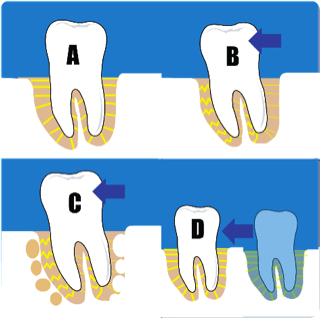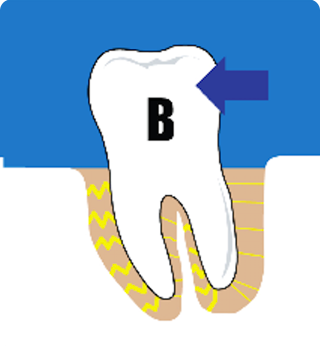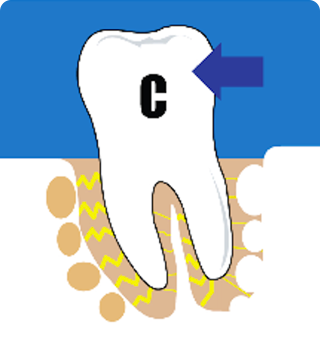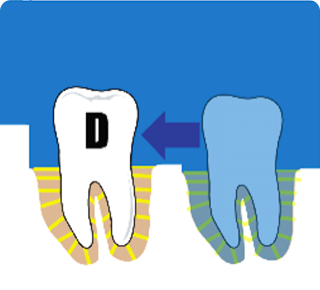HOW DO ALIGNERS WORK?
Aligners work by a systematic modification in the position of teeth in stages. As time goes by, the position of teeth will slowly move closer to their intended goal, just like regular braces. This is based on established orthodontic principles of applying force to a tooth to move it.

How Do Teeth Move?
The exact way the body produces tooth movement is quite an amazing and complicated process. It involves many different tissues, cells, and cell signalling substances. When a force is applied to the roots of the teeth, cells in the bone and tissues surrounding the root are stimulated to act. Cells in the body, Osteoblasts and Osteoclasts add and remove bone, respectively.


Pressure at the crown of the tooth produces pressure and tension (pulling) at the root of the tooth. (B) causing remodelling of bone and tooth movement. This type of force combination is called a couple, which is defined as two equal and opposite forces acting on a mass.
A couple is a necessary way to move teeth since the braces are attached at the crowns of the teeth, and not at their center of resistance. The center of resistance would be the most ideal position from which to apply forces and move teeth. However, the center of resistance is located at the roots and would therefore be an impossible area to apply a force.

There is a time lag from the moment pressure and forces are applied until actual tooth movement occurs. (C) The delay in tooth movement is mainly due to how the body removes bone adjacent to the tooth. Many times bone is not removed immediately next to the tooth, but rather a distance away from the root. Therefore it may take the cells a period of 1-2 weeks before bone is removed close to the tooth.

After the initial phase of nearly no tooth movement, the bone then undergoes significant changes, and the tooth begins to move more rapidly. This will usually occur over the next 2-3 weeks, and is also dependant on the amount of force still active on the tooth. (D)
The length of orthodontic treatment is also related to how the teeth move. There are many variables that may contribute to variation in the length of treatment, including growth, cooperation, and differences in tooth movement. However, since there is a biological limit on the rate of movement, many patients that have similar problems with crowding and a bite that is off will tend to have similar treatment times.

